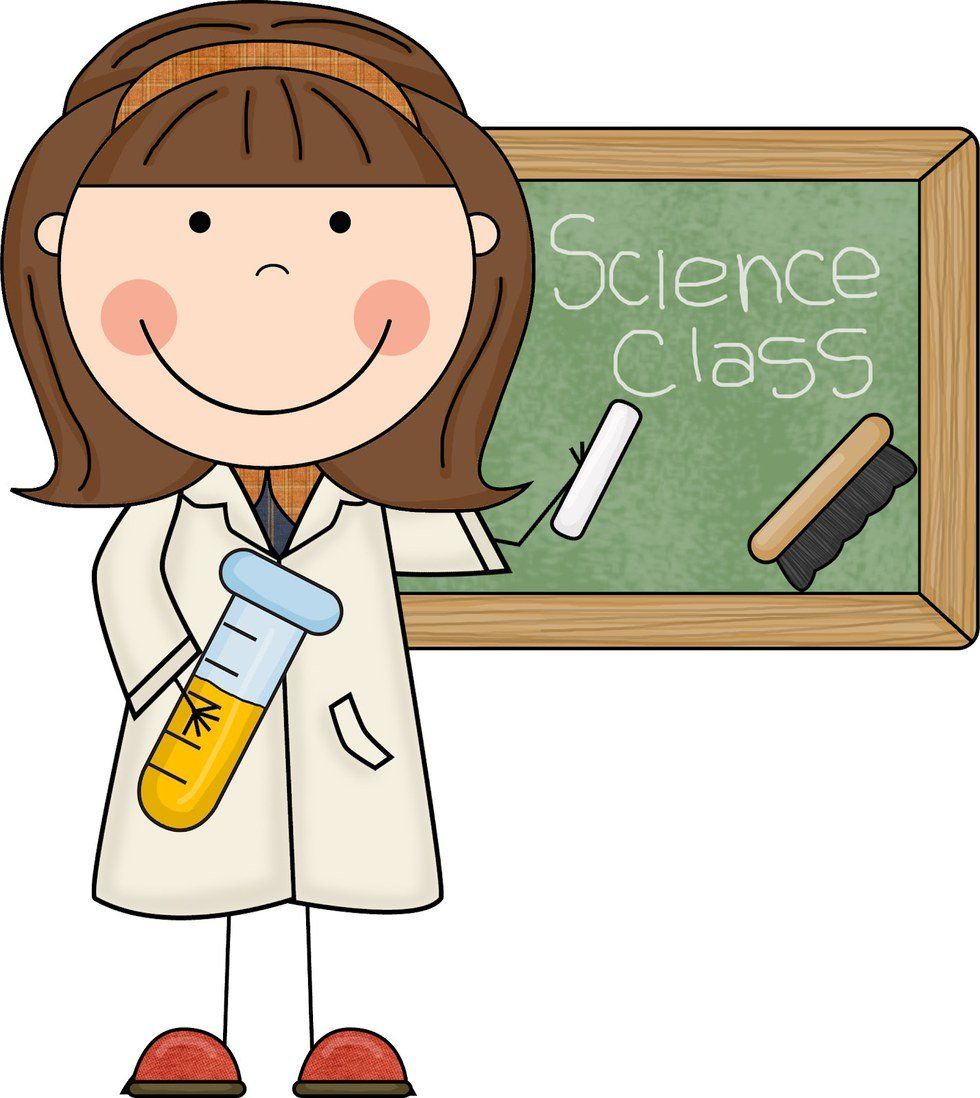As many of you may not have known, July 7 was Nettie Stevens’ birthday. Nettie Stevens isn’t a commonly known name, but her accomplishments revolutionized biology. Many female scientists throughout history were not given enough credit, and are often not as widely known as the male ones. Here are some important female scientists and their accomplishments. Let’s start with Nettie Stevens.
1. Nettie Stevens (1861-1912)
Nettie Stevens discovered the XY sex determination system. This means that she discovered that sperm have both X and Y chromosomes whereas the eggs only have X chromosomes. Beyond that, she had 38 publications that broadened the fields of genetics, embryology, and cytology. She died at the age of 50, but she would have turned 155 years old on July 7, 2016.
2. Marie Curie (1867-1934)
Arguably the most famous scientist on this list, Curie earned two Nobel prizes. She received her first one in 1903 along with her husband Pierre. This was for discovering two new elements, radium and polonium, which were more radioactive than uranium. She received her second one in 1911 for successfully producing radium as a pure metal and documenting other radioactive elements and their compounds.
3. Iréne Curie-Joliot (1897-1956)
As the daughter of Marie Curie, Iréne Curie-Joliot had just as impressive of a mind as her mother. She discovered artificial radioactivity in 1934. She received a Nobel Prize in chemistry, making her and Marie Curie the first parent and child to separately win Nobel prizes.
4. Caroline Herschel (1750-1848)
Caroline Herschel was the first woman to discover a comet. She actually discovered eight comets. Herschel was also the first woman to be published by the Royal Society and the first British woman to be paid for her scientific work.
5. Maria Mitchell (1818-1889)
Maria Mitchell also discovered a comet, which earned her a medal from the King of Denmark. She was impressive even before that, when at the age of 17 she started a school for girls where she taught them mathematics and science. Later on, she became the first woman to be elected to the American Academy of Arts and Sciences and the first female astronomy professor in the United States.
6. Ada Lovelace (1815-1852)
Ada Lovelace was a gifted mathematician. Her greatest accomplishment was when she basically wrote the instruction for the first computer program. However, her work wasn’t appreciated until long after her passing.
7. Barbara McClintock (1902-1992)
Barbara McClintock is extremely important to the field of genetics. She discovered that genes could move within and between chromosomes. Unfortunately, because her work didn’t fit with the conventional understanding of genetics, it was ignored for a long time. It was later proven and she won the Lasker Prize in 1981 and a Nobel prize in 1983.
8. Maria Mayer (1906-1972)
The discoveries made by Maria Mayer are vital to chemistry and physics. She developed the model for nuclear shells, proposing that inside the nucleus, neutrons and protons are arranged in nucleon layers. She was awarded a Nobel prize in Physics in 1963, shared with Hans D. Jensen and Eugene Paul Wigner.
9. Mary Anning (1799-1847)
Mary Anning was a fossil hunter. She discovered the first Ichthyosaurus (“fish-lizard”) and thousands of other fossils that helped scientists piece together the marine life during the Jurassic Period.
10. Lise Meitner (1878-1968)
Lise Meitner not only made impressive discoveries, but she made them in the face of many other troubles. She was banned from higher education, but was determined to study radioactivity. She worked with Otto Hahn on the study of radioactive elements, but was excluded from many of the main lectures and had to work in the basement until she was forced to flee Nazi Germany in 1938. She continued to work with Otto Hahn, and when he discovered that uranium atoms split when bombarded by neutrons, she calculated the energy released and called it “nuclear fission.” This work later won Hahn a Nobel prize, but Meitner was overlooked.
11. Dorothy Hodgkin (1910-1994)
Dorothy Hodgkin was awarded a Nobel prize in 1964 for her work with X-ray crystallography. She perfected the technique and used it to determine the structures of penicillin, vitamin B12 and insulin. Hodgkin was also the only woman to have her likeness on a stamp when the Royal Society issued stamps of its most illustrious members.
12. Rosalind Franklin (1920-1958)
Rosalind Franklin is one of the under-credited scientists of the list. Watson and Crick were credited with the model of the double helix structure of DNA, but Rosalind Franklin was vital to this discovery. She took the X-rays that led to the discovery, and they were shown to Watson without her permission. She was close to figuring out the structure herself, but with her X-rays, Watson and Crick beat her to it. They were awarded a Nobel prize, but she died before she could receive Nobel recognition. She was also not mentioned in many textbooks for a long time.
These are women worth looking up to. Many of them followed their passions in the face of adversity, and were often not given the credit they deserved for their contributions. Women have had a huge impact on science, and I believe that the women of our generation will continue to make significant contributions.




















